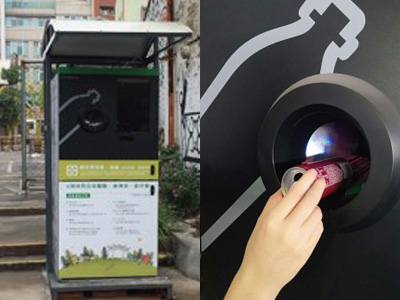May. 09, 2020
Since the invention of the can in 1959, it has been quickly and universally used because of its beauty, lightness, portability, and ease of use. Now it has become a popular packaging material in the world's beverage packaging industry. The material of most cans is aluminium alloy, which is a very important metal resource. Since the 20th century, countries around the world have paid more and more attention to environmental protection and circular economy, and sustainable development has become the mainstream. Therefore, the recycling of cans has important social significance and economic value. Our company provides can recycling vending machine.
China's aluminium industry is developing rapidly, with the current output of primary aluminium reaching 3.57 million tons. However, due to the large population of China, the current per capita consumption is only 2.9KG, while the American per capita consumption of aluminium is 29KG, and the Japanese per capita consumption of aluminium is 23.8KG, which is much higher than the per capita consumption of China. Therefore, China ’s aluminium and its alloys have broad consumer prospects. In addition, China's recycled aluminium industry has developed rapidly in recent years and is in the take-off stage. With the development of automobiles, motorcycles, construction and packaging industries, the use and output of recycled aluminium are increasing year by year, and the recycled aluminium industry will be more rapidly. development of. Waste cans are one of the important raw materials for recycled aluminium!

The method of recycling cans is divided into 4 steps:
1. Crushing: The shape of the recovered waste cans has been destroyed, and some imported waste cans have been broken into pieces, so they need to be broken before the paint is removed.
2. Paint removal: Loose waste cans (including broken waste cans) go directly to the paint removal kiln for paint removal. The temperature of the rotary kiln is controlled at about 500 ℃;
3. Packaging: The waste cans are very thin, and the burning loss is large during the smelting process, and some can reach more than 10%. In order to improve the smelting recovery rate of aluminium, it is necessary to minimize the surface area of the waste cans and reduce the burning loss. Therefore, the loose waste cans after decarbonization should be packed and compacted. The packing equipment adopts the domestic hydraulic packing machine;
4. Smelting: The pre-treated waste cans enter the melting furnace for smelting.
The above information is provided by reverse vending machine manufacturers.